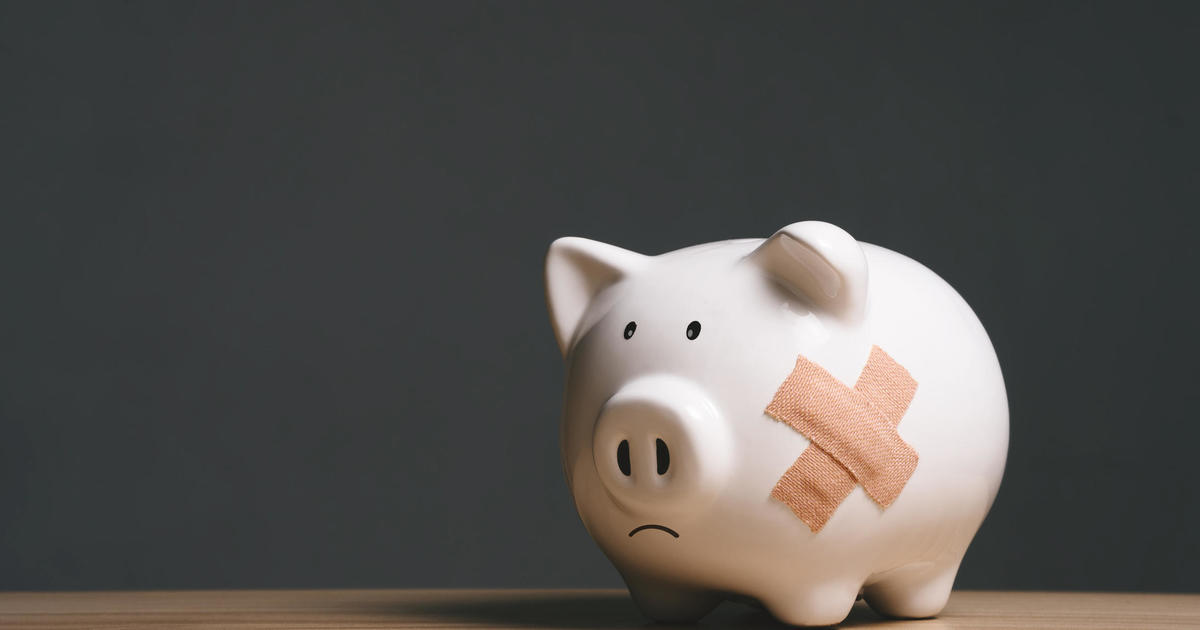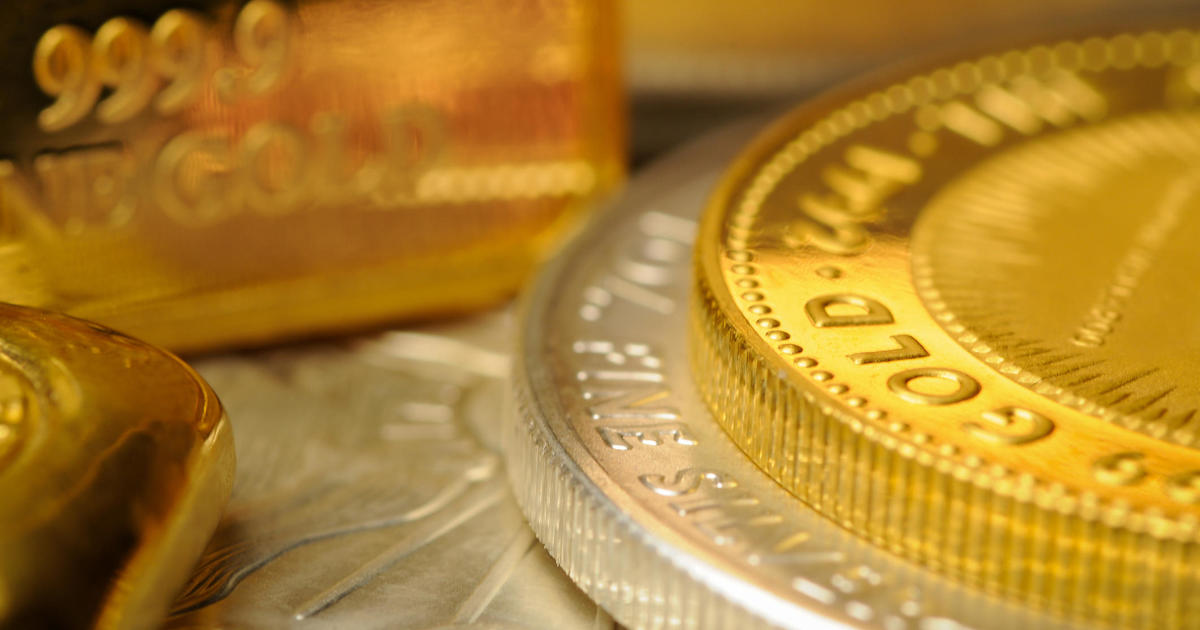Where rising interest rates are starting to pinch
As the economy chugs along and unemployment holds near record lows, U.S. banks are charging more for loans. That's because the Federal Reserve is steadily lifting its benchmark interest rates after a decade-long recovery from the Great Recession -- and it's expected to keep increasing them up to four times this year. The second such raise is likely coming in June.
The Fed had kept rates hovering near zero, flooding the economy with cheap money to push growth and recovery. Now, it's drawing up rates slowly to keep the economy from overheating. Higher benchmark rates -- or the rate banks charge each other -- eventually pass through to consumers and businesses. That can mean consumers pay more for everything from loans to housing to consumer goods.
Consider credit card delinquency rates. They rose to 1.78 percent in the first quarter this year, higher than the 1.77 percent five years earlier, according to TransUnion. A report from the New York Federal Reserve Bank also noted the steady rise. This metric is one of the earliest indicators of a potentially struggling consumer, Michael Pearce, senior U.S. economist for Capital Economics, wrote in a note.
"The further rise in newly delinquent credit card debt appears to be an early sign that the recent surge in interest rates is beginning to bite," Pearce wrote.
That could stretch some U.S. households. A Fed survey released this week showed four in 10 adults couldn't cover an unexpected expense of $400 and would have to sell something or borrow to cover it. That's down from half of adults in 2013. But if that person needs a loan, the rate will be higher.
"As the 'risk-free' rate rises, we would also expect 'risky' rates, such as those for mortgage lending and corporate credit, to be pushed up as well," Deutsche Bank economist Justin S. Weidner wrote in a note this month.
Here are some categories that could feel the pinch:
Credit cards
Americans now have more credit card debt than at the height of the financial crisis, at more than $1 trillion, after crossing the trillion-dollar mark last year. Add to that an increase in payments overdue more than 90 days, and economists raise an eyebrow.
"To be clear, even a sustained rise in credit card delinquencies is not going to crash the economy," Pearce wrote, noting credit card debt is less than one-tenth the size of the mortgage market in 2007, which helped tank the economy.
Still, "we are increasingly concerned that, with broader market interest rates now rising sharply too, the rise in credit card delinquencies is a sign of things to come."
First time homebuyers
Last week, mortgage rates, which had been holding steady, rose to 4.61 percent, the highest level in seven years, according to Freddie Mac.
Higher mortgage rates make it harder for first-time homebuyers to get loans. Some areas of the country are more vulnerable, economists at Deutsche Bank wrote earlier this month.
"First-time homebuyers would be more significantly impacted, with increased debt service potentially putting starter homes out of reach," the Deutsche Bank economists wrote. "Different regions will likely feel varying degrees of pain from rising rates. Housing in the West, for example, seems relatively unaffordable."
Mortgage rates are closely tied to the yield on the 10-year U.S. Treasury.
Rents
Higher commercial mortgage rates can translate into rising rents at apartment buildings. The national average rent rose 2.4 percent to $1,377 in April compared to a year earlier, according to data from Yardi Matrix.
Of the 250 biggest U.S. cities, 84 percent saw increased rents, 14 percent were unchanged and only 2 percent fell compared with April 2017, according to Yardi.
The top 20 fastest-growing rents are in small cities, the survey said, including places like Reno, Nevada; Boise, Idaho; and Orlando, Florida. Among larger cities, Las Vegas, Denver and Detroit had the fastest growing prices, while New York, Baltimore and Washington, D.C., stopped climbing.
Auto loans
Consumers are skipping more auto loan payments, particularly those borrowers with less-than-pristine credit, known as subprime, than during the financial crisis, Bloomberg recently reported citing Fitch Ratings.
Delinquent auto loan balances have been rising since 2012. Lenders responded by writing fewer subprime loans, touching a five-year low in the first quarter, Capital Economics' Pearce noted.
Auto loan balances rose by $8 billion, continuing a six-year trend, the Fed said. Late payment rates also rose, with 4.3 percent of auto loan balances 90 or more days delinquent on March 31, the Fed said.
Student loans
Outstanding student loan debt rose $29 billion to $1.41 trillion as of March 31. Serious delinquencies, or loans due more than 90 days, declined in the first quarter, according to a Fed report.
Still, interest rates on federal student loans for undergraduates will climb to 5.05 percent from 4.45 percent for the 2018-2019 academic year, the U.S. Department of Education said last week.
A Federal Reserve survey covering 2017 and released Tuesday found more than half of college attendees under 30 had some education-related debt. Most borrowers are current, though those who didn't finish college are more likely to be delinquent.
Almost a quarter of those who attend for-profit schools are behind on loan payments, the Fed said, compared to about 10 percent of borrowers who went to public or nonprofit schools.



